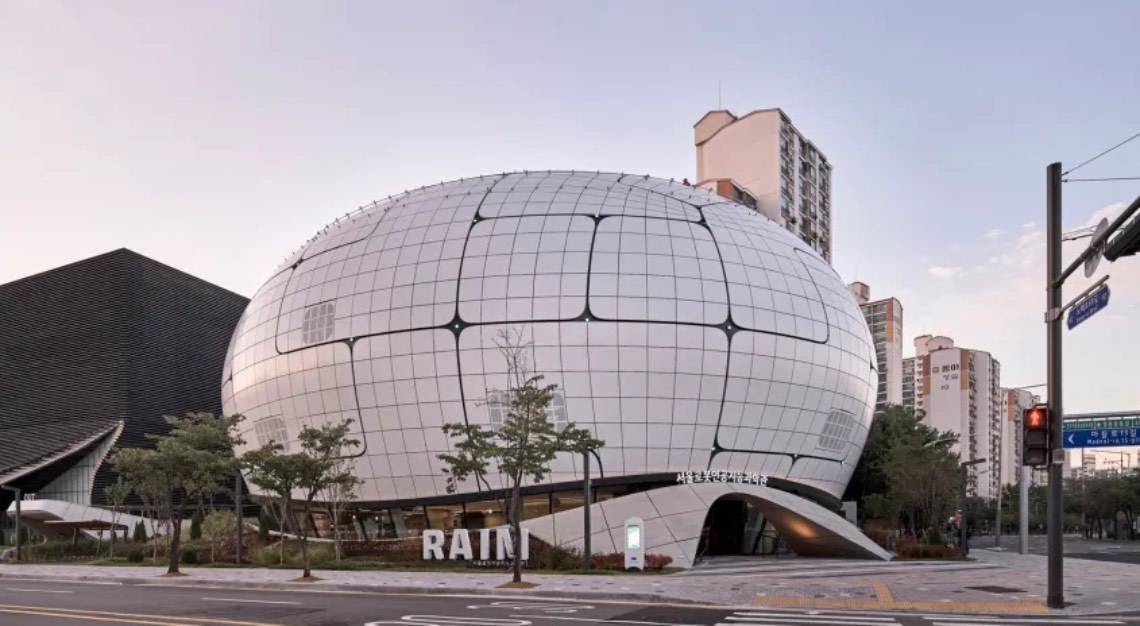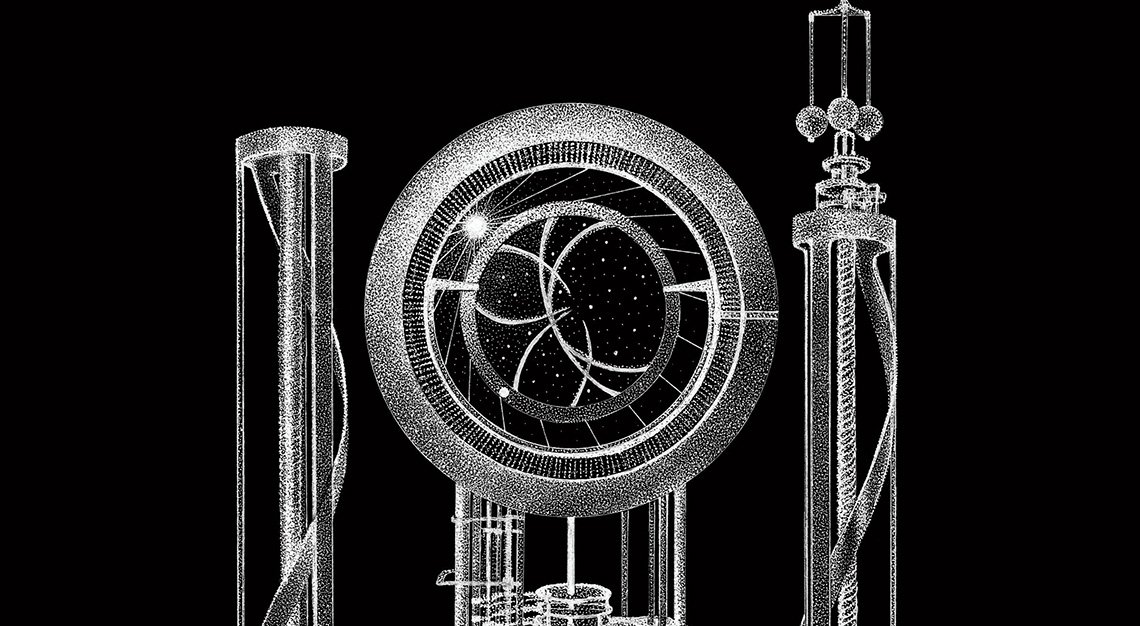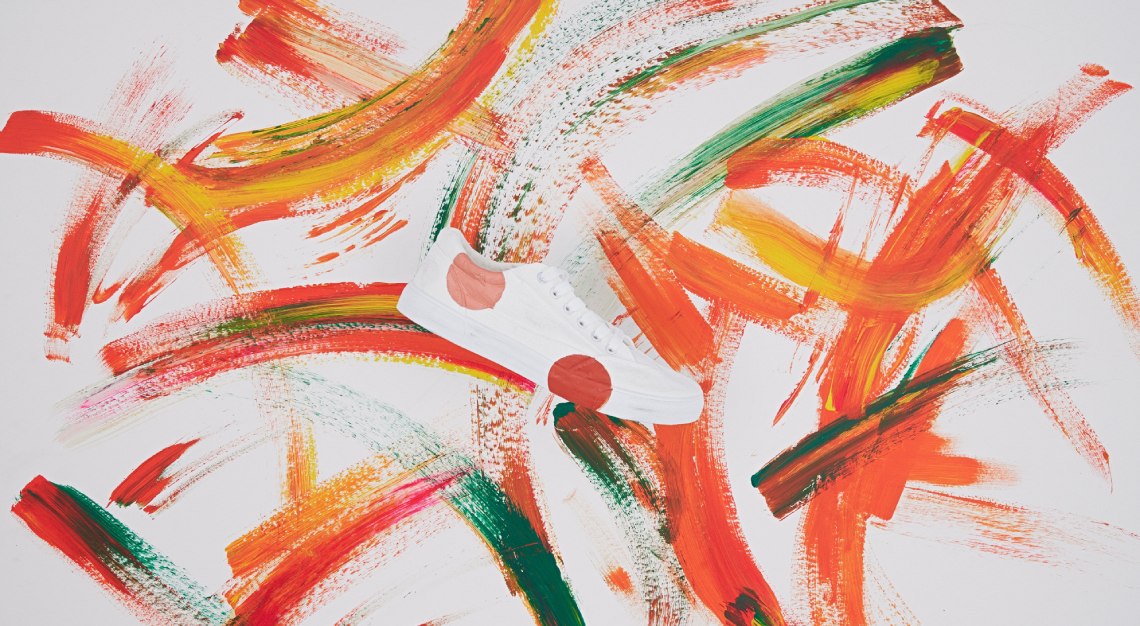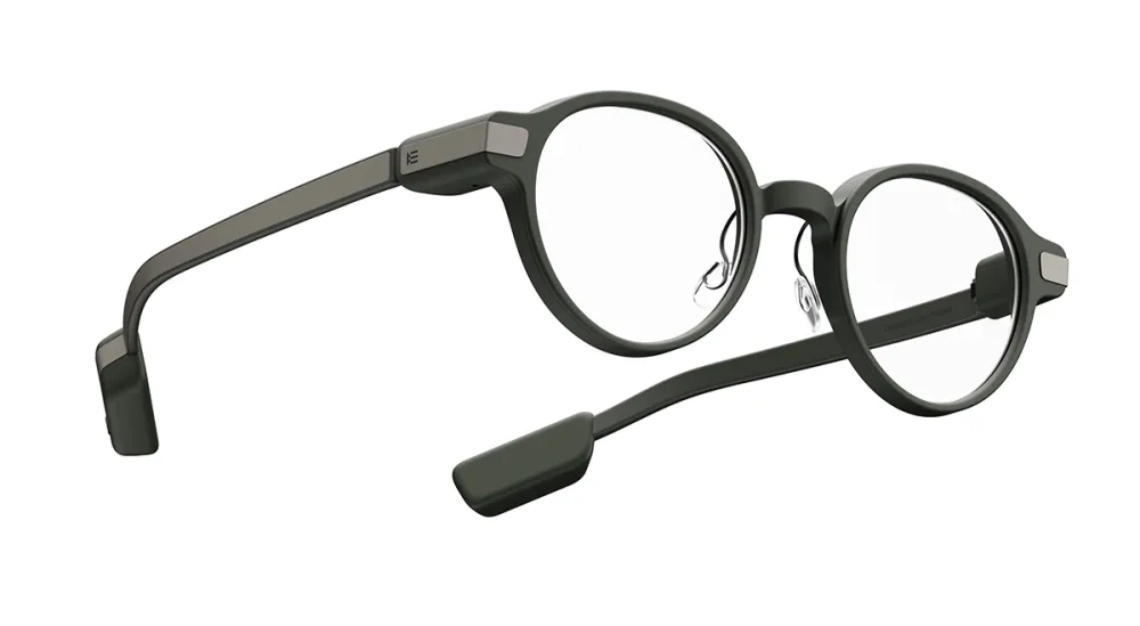The Robot & AI Museum, designed by Turkish firm Melike Altınışık Architects, was also constructed with the help of robots
Seoul’s newest museum won’t have a human touch—and that’s the point. The South Korean capital just opened the world’s first space dedicated to robots and artificial intelligence.
Resembling an egg-shaped spaceship covered in smooth white tiles, the Robot & AI Museum (RAIM) was designed by Turkish firm Melike Altınışık Architects as more than a flashy ode to technology. “It’s all about building deeper connections between people and the technology shaping our future, offering experiences that are as exciting as they are meaningful,” the namesake architect told Dezeen.
The gleaming 7,400-square-metre structure was built to be as fluid as possible, reflecting the shifting nature of technologies. Inside, visitors can partake in everything from exhibitions to more involved hands-on, experiential activities, all intended to bridge the divide between the general public and what’s perceived to be rarefied science. The museum’s mission doesn’t stop there. The institution hopes to connect professionals from across academia and business to cement its place in the broader community.
Aside from a band of windows that bring daylight into the entrance, the four-floor museum is entirely enclosed. Robots on the ground floor welcome guests and inform them of what they can expect before leading them deeper into the museum where exhibition spaces feature a mix of temporary and permanent displays. This approach allows for a more immersive experience as attendees explore each level while also enhancing various built-in smart technologies that permeate the structure. The ultimate aim is to blur the line between machine technologies and human curiosity in a way that echoes the museum’s larger cultural objectives.
But RAIM isn’t just about robots. Robots also helped build it. In one of many examples of advanced construction methods used to erect the museum, robot welding was employed to ensure the integrity of the organic face. The exterior’s unusual shape meant that precision was paramount during assembly and robot aid resulted in higher structural integrity and the minimising of errors. We can only imagine what they’ll do next.
This story was first published on Robb Report USA. Featured photo by Namsun Lee/RAIM






